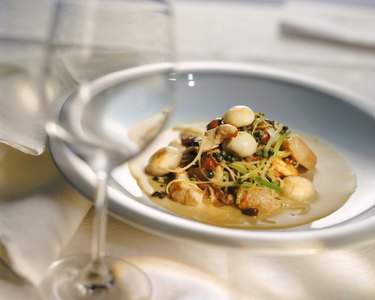
Bay scallops and sea scallops are closely related members of the same family of shellfish. Both make extremely good eating. Gourmets particularly prize bay scallops, which are much smaller than sea scallops, for their tenderness and the sweetness of their flavor. Because they are smaller, bay scallops require considerably shorter cooking times and benefit from gentler methods, while sea scallops stand up to fiercer heat. In both cases, overcooking renders them tough. Bay scallops are in short supply because of the degradation of their habitat by pollution. Vendors offer both types packed either "wet" or "dry." Choose dry ones if possible---they are in their natural state. Wet scallops have been soaked in phosphates, which affects their flavor and causes them to absorb water which they give up in cooking.
Scallop Facts
Video of the Day
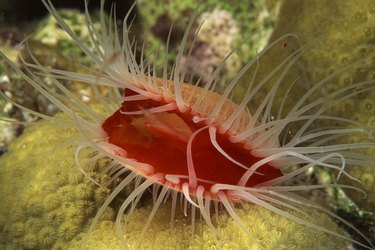
Scallops are two-shelled marine mollusks that actively swim through the water, propelling themselves by opening and shutting their shells. The large round white muscle that they use to do this---sweet-flavored and naturally very low in fat---is the part that we eat (in Europe the delicately flavored orange roe is also highly prized). Unlike clams or mussels, scallops are unable to shut their shells completely, and cannot survive out of water. Harvesters therefore normally shuck them as soon as they are caught and place the meat on ice.
Video of the Day
Sea Scallops
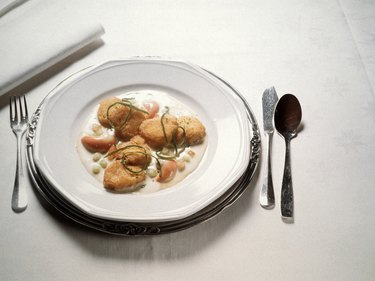
Although there are more than one variety of sea scallop found in the United States, the most important one commercially is the New England sea scallop. In this scallop, a shell that may be as large as 8 inches across encloses a muscle of up to 2 inches. Sea scallops are harvested by dredging.
Bay Scallops
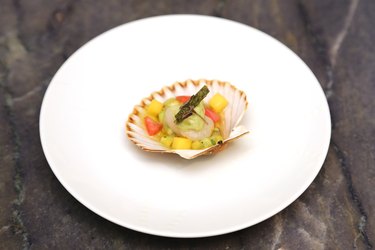
Bay scallops are inhabitants of the shallow waters of the bays and estuaries of the east coast of the United States, from Maine to the Gulf of Mexico. With a shell size of up to 3 inches, they are considerably smaller than their sea-going cousins. Fishermen harvest bay scallops by dredging from small craft, and also with nets or rakes or by hand. Bay scallops have been in short supply in recent years as a result both of overfishing and of the destruction of their eel grass habitat by pollution.
Comparison
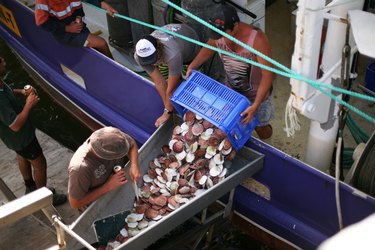
The most obvious difference between sea and bay scallops is their size. Sea scallops are much bigger, generally running 10 to 20 to the pound, while you will get something in the range of 50 to 90 bay scallops for the same weight. A more subjective difference is that bay scallops are more tender and have a sweeter flavor.
Packing: Wet and Dry
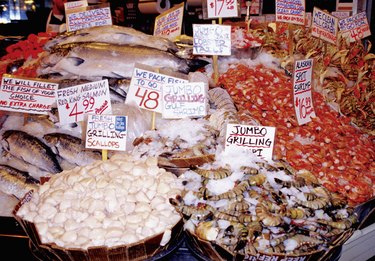
Scallops are shipped either "dry" or "wet." Wet scallops are soaked in phosphates, which cause them to absorb water. Dry scallops are untreated and frozen immediately after harvesting.
Cooking with Scallops
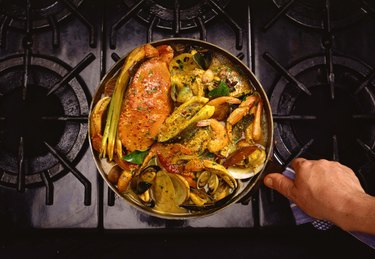
Both sea and bay scallops lend themselves to the same dishes. Avoid overcooking, which is fatal to flavor and texture. Bay scallops, because they are smaller and more tender, require shorter cooking times. Dry scallops (see "Packing" above) are greatly preferable to wet ones, which, apart from having poorer flavor, give off a milky liquid as they cook and will never brown.